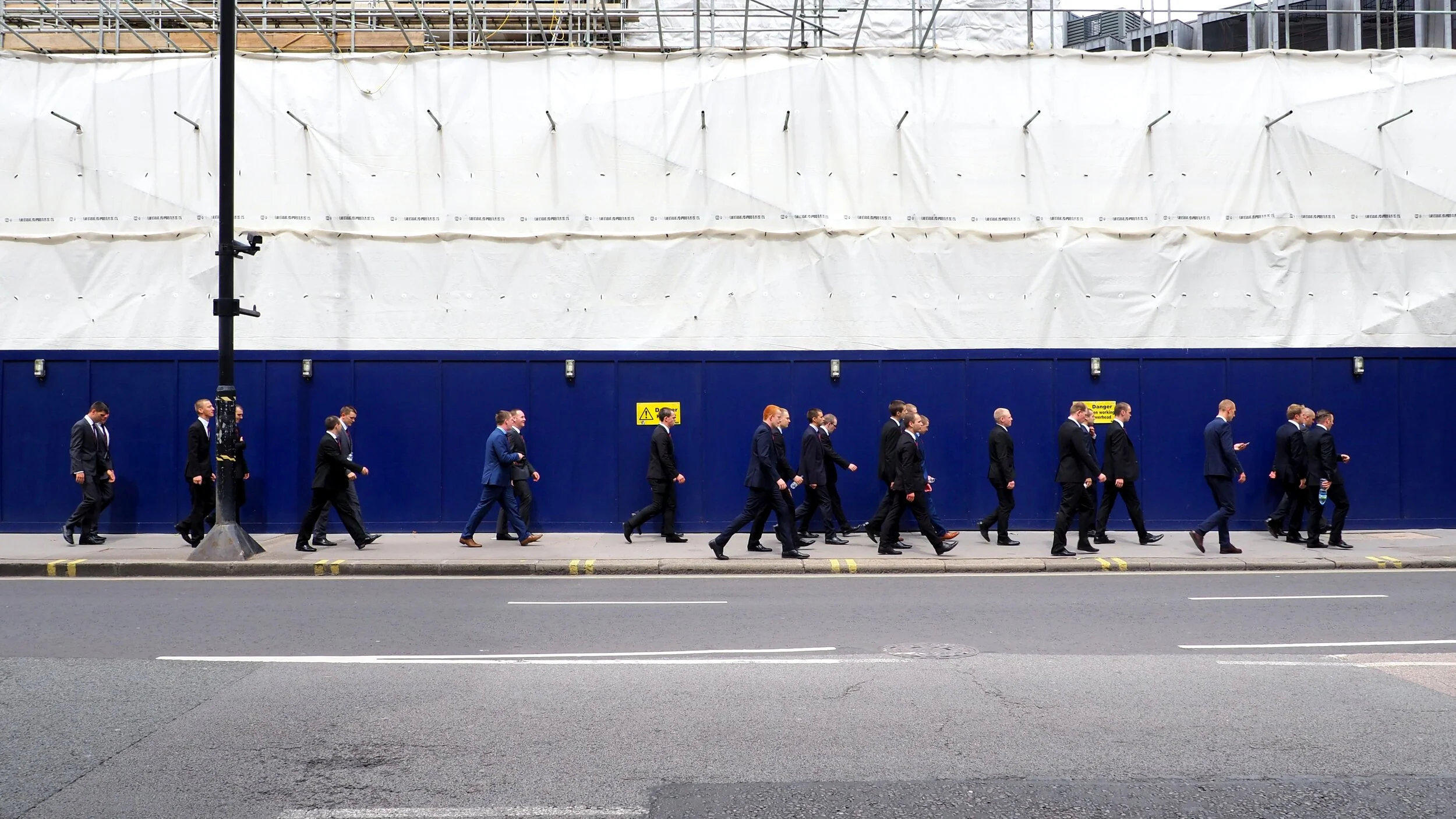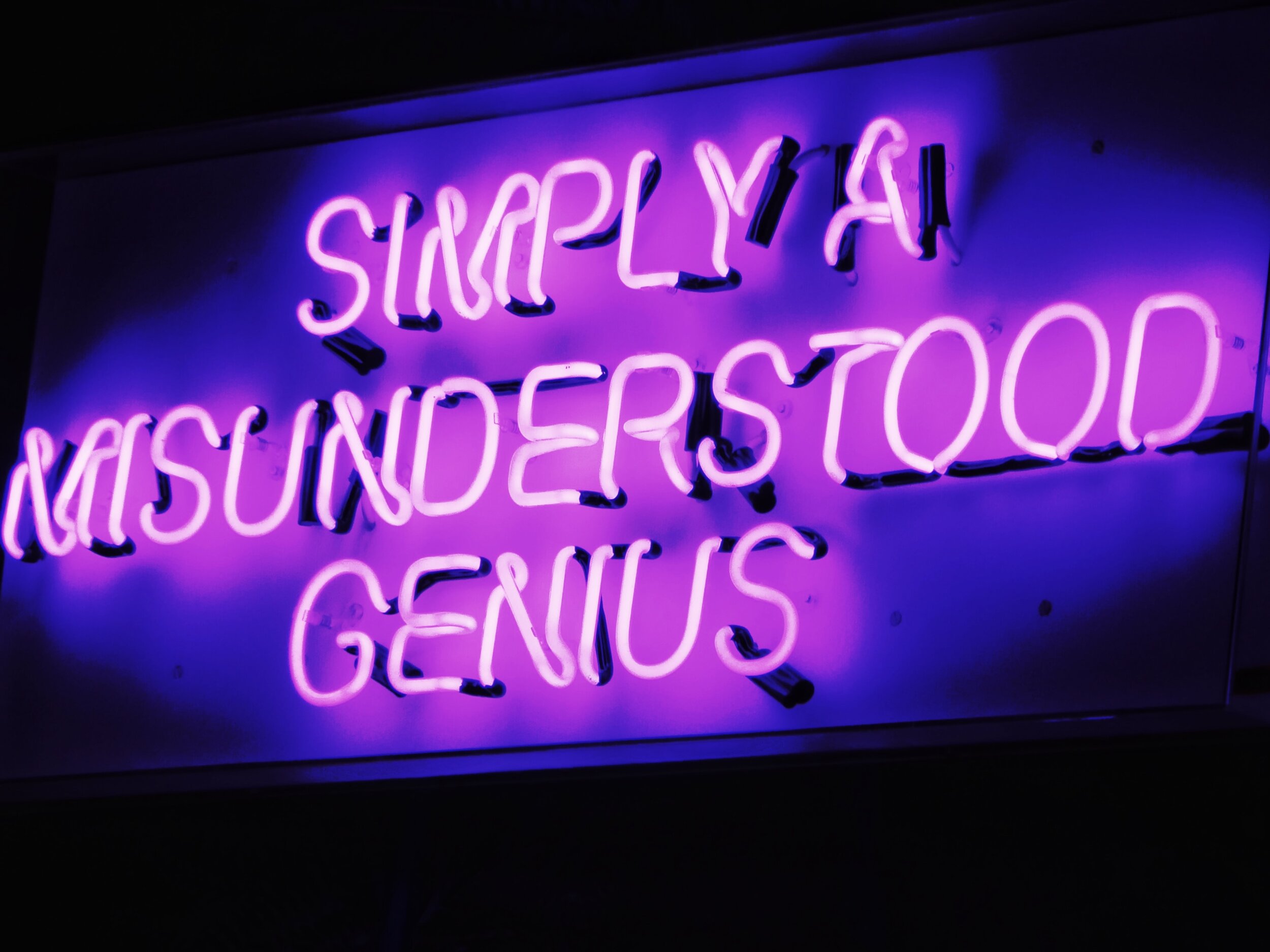Prepare for the worst and hope for the best: your personal brand continuity plan
Paula Kensington
Prepare for the worst and hope for the best: your personal brand continuity plan
In these profoundly disrupted times, we’ve all seen organisations scrambling to upgrade and implement their business continuity and disaster recovery plans. This is probably a good time, also, to look at our own personal brand continuity plans (BCP).
A BCP is a document outlining what processes should be followed in an emergency. All the hard thinking and planning for what action to take when we are faced with a ‘trigger event’ has all been done in ‘peaceful’ times, when we could approach it in a methodical, clear-minded way, rather than in an environment clouded with emotion.
So, why do most of us fail to prepare personal BCPs? Do we not value our careers as much as our businesses? We can’t expect or assume anyone else is going to step in and save us if and when our career takes a turn for the worse or stalls, so we need to plan for such eventualities before they happen.
Six steps to creating your BCP
Before you start, think about what event/s might trigger the need to implement your plan. It could be a new job; moving to a new city or country; or, as in my case, a life-changing loss.
Here are the steps to follow:
Review the plan (if you have one). Dust it off – is it relevant? When was the last update? Does it reflect clarity around your strategy, the direction you’re heading (for the next one, three and five years), your BHAG?
Plan your scenarios. How many pathways are available for you to achieve your end goal? What are you willing to invest to create those pathways, and who can you call on to help you?
Communicate – to others and to yourself. Ensure this plan is written down, saved and kept front of mind – not at the bottom of your office drawer or locked away for the time when things get tough. You shouldn’t plan to do it all on your own. That means you need to recruit support squads; people who can mentor, advise, be a sounding board and help you to finesse the details.
Gather knowledge. Research the lessons, controls and measures that will keep you on the right path or show you when a review is needed. You will need to identify ways of recognising when something in your career must stop, start or continue.
Uncover opportunities. Look for areas that you may have missed in your initial thinking, adjacent industries or voluntary work that align with your goal and give you visibility and credibility.
Build in accountability. This is a huge topic and will continue to feature in all my writing. Suffice to say that we will execute our BCP far more successfully if we have somebody to help us achieve our plan.
If this article has raised more questions than it answers, that’s great. It means you are ready to explore your personal BCP. As part of my own business management and mission of igniting sustainable platforms, I have a strategy for building awareness of my brand. This has been an eight-year journey and the strategy has been finessed over the past two years as I moved away from my corporate role and entered the world of business ownership (this is another story, which I am writing a book about). However, my BCP is starting to feel like a powerful current of ideas and actions rather than something to avoid and procrastinate over.
As part of that strategy, I have a social media plan and a piece of that plan is to capture ideas in a word document every month. I do this for two reasons:
To record and remove (for use later) from the storage area of my brain (to leave extra room for continued processing power).
To create a framework upon which to build my blog – as writing and ideas flow takes hard work and cannot be rushed (I am a numbers girl, after all).
If you need more help with your BCP, I have a diagnostic tool you can download from my website.



